Nation’s worst-hit storm areas revealed ahead of severe summer weather
As Australia braces for another summer of severe weather, a leading insurer has revealed which areas copped it worst last financial year.
Climate Change
Don't miss out on the headlines from Climate Change. Followed categories will be added to My News.
Australians are being urged to prepare their homes for the storm season as new figures reveal the worst hit areas for severe weather events in the last financial year.
Just weeks out from summer, and Australians are bracing for another season of not only bushfires, but thunderstorms, tropical cyclones, and flooding.
Insurer Suncorp and the State Emergency Service (SES) have compiled a list of the areas in each state and territory that were worst-hit by severe weather events in the 2022-23 financial year.
Suncorp Insurance home claims executive general manager Alli Smith said their data, compiled from more than 50,000 weather-related home insurance claims, showed rain, followed by hail and flood were the most common causes of damage to homes across the country.

“As a result of these weather events, our customers experienced everything from water ingress, damaged roofs and flooding, and in some cases were displaced from their homes,” Ms Smith said.
“Aussies tend to have a ‘laissez faire’ attitude when it comes to preparing for summer storms. “However, what homeowners don’t realise is that storms can be a serious event and don’t need to last long or be a category 5 cyclone to cause severe damage to their homes.
“Despite the heightened risk of bushfires from El Nino, we need to also be ready and prepare for wild weather brought by thunderstorms, damaging wind, hail and tropical cyclones.”
Here’s a breakdown of each state’s and territory’s top three hardest-hit regions for the 2022-23 financial year:
NSW
- Dubbo was hit by severe hail storms in February, with the SES needing to respond to more than 240 calls for help at one stage
- Bateau Bay was impacted by severe thunderstorms, also in February, causing widespread flooding
- While Belmont was pelted with golf ball-sized hail during storms in May

QUEENSLAND
- Homes in Maryborough and Cooloola Cove, both in the Wide Bay-Burnett region, were badly damaged when large hail lashed the area in late 2022.
- The Great Barrier Reef city of Mackay experienced some severe flooding in January, with three women caught in flood waters needing rescue when they were found clinging to a tree at Palm Grove.
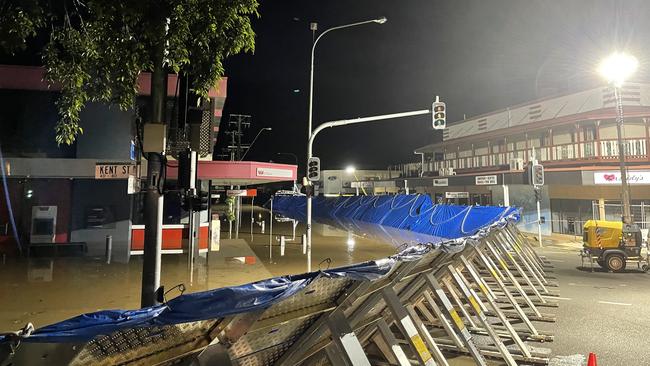
VICTORIA
- A freak hailstorm in late March devastated fruit growers in Shepparton and Rochester, affecting the season’s crop harvest.
- While closer to Melbourne, thousands of Craigieburn residents were left without power when a major stormfront crossed the state capital in December.
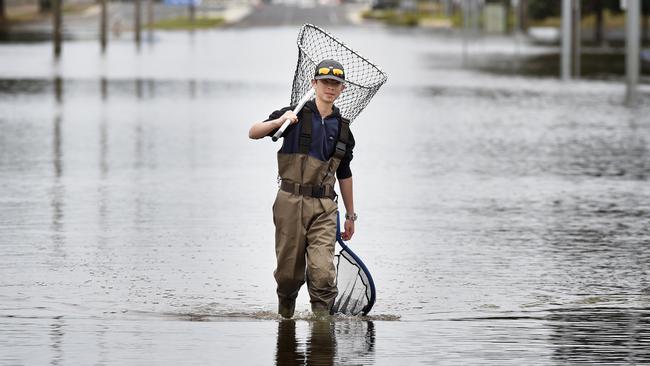
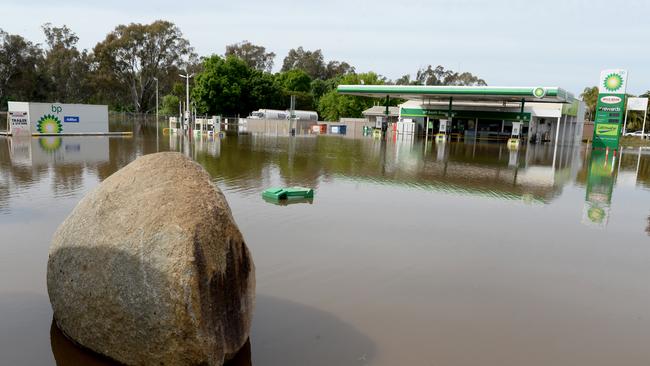
ACT
- The Canberra suburbs of Monash, Weston, and Nicholls were battered by storms on Good Friday, with the severe weather also affecting Sydney and Brisbane.
SA
- The southern Adelaide suburbs of Aberfoyle Park, Blackwood, and Eden Hills were all the targets of two major storm events which lashed the SA capital within a week in June, with marble-sized hail knocking out power to about 10,000 properties, and more than 65,000 lightning strikes recorded.
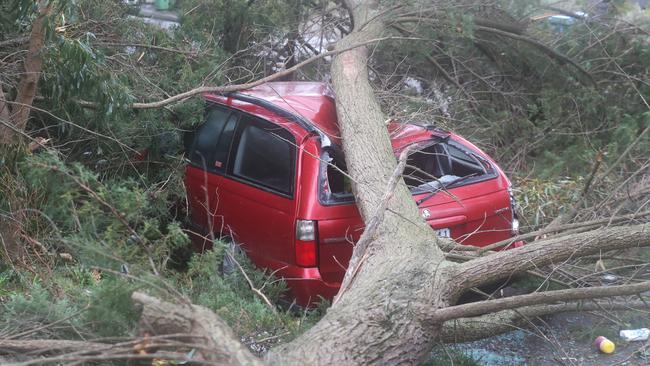
WA
- Hail over the city of Mandurah, on Perth’s southern fringes, blanketed homes in June as a severe front moved over the region.
- Further north in the Rockingham suburb of Waikiki, a strong cold front brought down trees and power lines in September.
- Even further north in the northern Perth suburb of Joondalup, wild storms caused major damage in August, including one home’s roof and ceiling collapsing.
TASMANIA
- Hail again caused widespread damage, this time over Launceston right after New Years, the Bureau of Meteorology at one point reporting “giant hail.”
- Almost 400mm of rain was dumped on areas of Tasmania during October storms, with Devonport copping some of the worst of it.
- The Hobart suburb of Glenorchy was one of the worst-hit during severe storms in late July, with authorities warning residents to stay home if they had plans to go out.
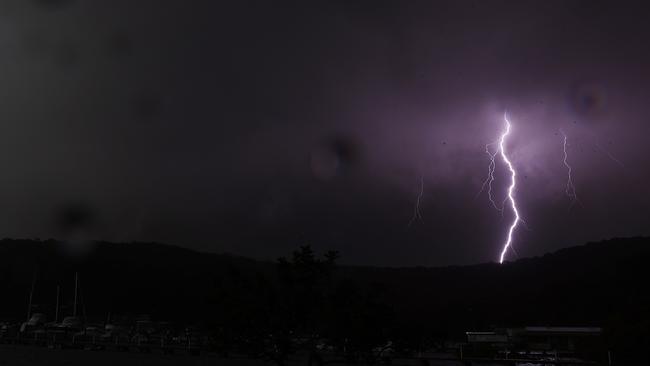
NT
- Alice Springs suffered through record-low temperatures in June as the southern NT city was hit with an unprecedented rainfall event, putting the region on flood watch.
- Flooding was also an issue March when the army needed to be called in to evacuate remote residents around Darwin.
Ms Smith is using the data to urge homeowners across Australia to prepare for severe weather events ahead.
“When times are tough, it can be hard to prioritise things like home maintenance, particularly spending money on improving the resilience of your home,” Ms Smith said.
“However, many of these tasks don’t cost or take long, and can be well worth the investment to strengthen the resilience of their biggest asset.”
More Coverage
Originally published as Nation’s worst-hit storm areas revealed ahead of severe summer weather




